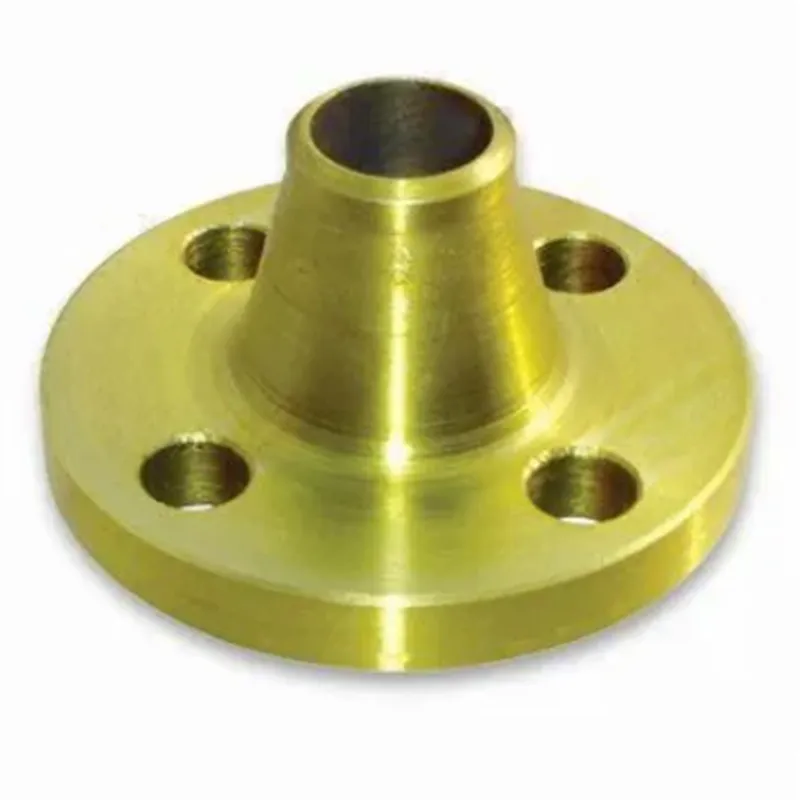-
Cangzhou Yulong Steel Co., Ltd.
-
Phone:
+86 13303177267 -
Email:
admin@ylsteelfittings.com
- English
- Arabic
- Italian
- Spanish
- Portuguese
- German
- kazakh
- Persian
- Greek
- French
- Russian
- Polish
- Thai
- Indonesian
- Vietnamese
- Zulu
- Korean
- Uzbek
- Hindi
- Serbian
- Malay
- Ukrainian
- Gujarati
- Haitian Creole
- hausa
- hawaiian
- Hebrew
- Miao
- Hungarian
- Icelandic
- igbo
- irish
- Japanese
- Javanese
- Kannada
- Khmer
- Rwandese
- Afrikaans
- Albanian
- Amharic
- Armenian
- Azerbaijani
- Basque
- Belarusian
- Bengali
- Bosnian
- Bulgarian
- Catalan
- Cebuano
- China
- China (Taiwan)
- Corsican
- Croatian
- Czech
- Danish
- Esperanto
- Estonian
- Finnish
- Frisian
- Galician
- Georgian
- Kurdish
- Kyrgyz
- Lao
- Latin
- Latvian
- Lithuanian
- Luxembourgish
- Macedonian
- Malgashi
- Malayalam
- Maltese
- Maori
- Marathi
- Mongolian
- Myanmar
- Nepali
- Norwegian
- Norwegian
- Occitan
- Pashto
- Dutch
- Punjabi
- Romanian
- Samoan
- Scottish Gaelic
- Sesotho
- Shona
- Sindhi
- Sinhala
- Slovak
- Slovenian
- Somali
- Sundanese
- Swahili
- Swedish
- Tagalog
- Tajik
- Tamil
- Tatar
- Telugu
- Turkish
- Turkmen
- Urdu
- Uighur
- Welsh
- Bantu
- Yiddish
- Yoruba

Dec . 15, 2024 16:39 Back to list
Exploring Various Forms of Coupling in Engineering and Their Applications
All Types of Coupling An Overview
In the field of engineering and mechanics, coupling is a fundamental concept that involves the connection of two components to transmit power or motion between them. There are various types of couplings, each designed to meet specific operational needs and conditions. Understanding these types can significantly enhance performance, reliability, and efficiency in mechanical systems.
1. Rigid Couplings
Rigid couplings are the simplest type of coupling. They connect two shafts directly and provide a solid connection without any relative motion between them. This design is suitable for applications where alignment can be precisely maintained. Rigid couplings are typically used in systems where torque transmission is critical, such as in motor shafts and pump drives. However, they do not accommodate misalignment, which can lead to mechanical failure if the shafts are not perfectly aligned.
2. Flexible Couplings
Flexible couplings are designed to allow some degree of misalignment between the connected shafts. They are essential in applications where shafts may experience slight misalignment due to thermal expansion, vibrations, or manufacturing tolerances. There are several types of flexible couplings, including
- Jaw Couplings These consist of two hubs and an elastomeric insert. They provide shock absorption and are easy to install.
- Oldham Couplings These feature a central disk that slides between two outer hubs, accommodating angular and parallel misalignments.
- Bellows Couplings Made of a thin-walled tube that can flex without losing torque, bellows couplings are widely used in precision applications
.3. Slip Couplings
all types of coupling

Slip couplings allow relative motion between shafts under certain conditions, such as overload situations. These couplings are designed to slip and disengage before damage occurs to the connected equipment. This feature is particularly useful in applications like conveyors or machinery with variable loads, where protection against overstress is essential.
4. Magnetic Couplings
Magnetic couplings use magnetic forces to transmit torque between two rotating shafts without any physical contact. This design helps eliminate wear and can be utilized in applications involving hazardous materials or environments where leakage must be avoided. Magnetic couplings are commonly found in chemical pumps and other industries requiring a high degree of reliability.
5. Fluid Couplings
Fluid couplings use the power of fluid dynamics to transmit torque. These couplings employ a hydraulic fluid housed in a sealed casing to transfer motion from one shaft to another. They are particularly advantageous in applications requiring smooth starts and gradual acceleration, such as in heavy machinery and large fans.
6. Quick-Disconnect Couplings
Quick-disconnect couplings are designed for applications where components must be frequently connected and disconnected. These couplings enable easy maintenance and replacement without requiring significant downtime. They are prevalent in hydraulic systems and automotive applications.
Conclusion
Understanding the various types of couplings is essential for selecting the right one for a specific application. Each type offers distinct advantages that cater to various operational requirements, such as misalignment tolerance, shock absorption, and ease of maintenance. By selecting the appropriate coupling, engineers can enhance the performance and longevity of mechanical systems, ensuring optimal functionality and reliability. Whether for industrial machinery, automotive applications, or precision equipment, the right coupling plays a crucial role in the efficiency and effectiveness of the operation.
Latest news
-
ANSI 150P SS304 SO FLANGE
NewsFeb.14,2025
-
ASTM A333GR6 STEEL PIPE
NewsJan.20,2025
-
ANSI B16.5 WELDING NECK FLANGE
NewsJan.15,2026
-
ANSI B16.5 SLIP-ON FLANGE
NewsApr.19,2024
-
SABS 1123 FLANGE
NewsJan.15,2025
-
DIN86044 PLATE FLANGE
NewsApr.19,2024
-
DIN2527 BLIND FLANGE
NewsApr.12,2024
-
JIS B2311 Butt-Welding Fittings LR/SR 45°/90° /180°Seamless/Weld
NewsApr.23,2024











